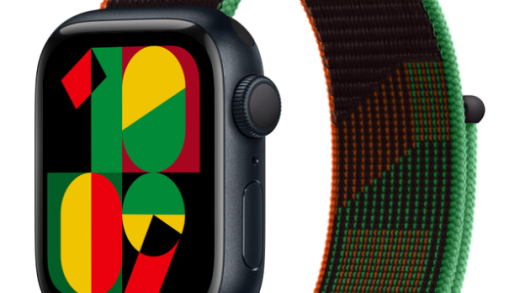In the rapidly evolving world of 3D printing, selecting the right file system is crucial to ensure optimal results. With a plethora of options available, it becomes imperative to understand the nuances of each file system and their impact on the final printed object. This article aims to explore the best file system for 3D printing, taking into account factors such as reliability, compatibility, and efficiency.
1. Understanding the Importance of File Systems in 3D Printing:
Before delving into the specifics, it is essential to comprehend the role of file systems in 3D printing. A file system acts as a bridge between the digital design and the physical object. It determines how the printer interprets and executes the design, directly influencing the quality, accuracy, and complexity of the final product.
2. Evaluating File Systems for 3D Printing:
2.1. STL (Standard Tessellation Language):
STL, the most widely used file format in 3D printing, is renowned for its simplicity and compatibility. However, it has limitations in representing complex geometries and lacks support for color and texture information. While suitable for basic designs, it may not be the best choice for intricate or multi-component models.
2.2. AMF (Additive Manufacturing File Format):
AMF, an emerging file format, addresses the limitations of STL by incorporating advanced features such as color, texture, and material properties. It supports complex geometries and enhances the overall printing experience. However, compatibility issues with certain printers and software may pose challenges.
2.3. 3MF (3D Manufacturing Format):
3MF, a relatively new file format, aims to overcome the shortcomings of both STL and AMF. It offers comprehensive support for color, texture, and material information, while also providing enhanced compatibility and improved printing accuracy. With its growing adoption, 3MF holds great promise for the future of 3D printing.
3. Factors Influencing the Choice of File System:
3.1. Design Complexity:
For intricate designs with complex geometries, file systems like AMF and 3MF offer superior capabilities compared to STL. These formats allow for precise representation of details, resulting in higher fidelity prints.
3.2. Color and Texture Requirements:
If color and texture are integral to the design, AMF and 3MF are the preferred choices. These formats enable the inclusion of vibrant colors and intricate textures, enhancing the visual appeal of the printed object.
3.3. Printer and Software Compatibility:
Before selecting a file system, it is crucial to ensure compatibility with the chosen printer and software. While STL enjoys widespread compatibility, AMF and 3MF may require specific software or firmware updates for seamless integration.
4. The Future of File Systems in 3D Printing:
As technology advances, file systems will continue to evolve to meet the demands of the 3D printing industry. The ongoing development of 3MF, with its comprehensive features and improved compatibility, suggests a promising future. Additionally, the integration of cloud-based file systems and real-time collaboration tools will revolutionize the way designs are shared and printed.
Conclusion:
In the realm of 3D printing, selecting the best file system is a critical decision that directly impacts the quality and complexity of the final printed object. While STL remains a popular choice for basic designs, the emergence of AMF and 3MF offers exciting possibilities for intricate and multi-component models. By considering factors such as design complexity, color requirements, and compatibility, one can make an informed choice and unlock the full potential of 3D printing. Stay updated with the latest advancements in file systems to ensure optimal results and stay ahead in this dynamic field.


